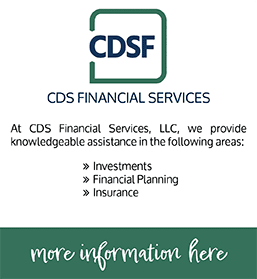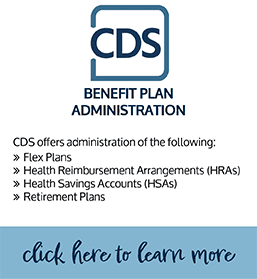December 2015 Updates
In December 2015, the Internal Revenue Service (IRS) provided additional guidance on Health Care Reform including:
- Cadillac Tax. The effective date of the Cadillac tax has been delayed until 2020 (tax years beginning after 2019). And when the tax does take effect, it will be deductible—originally, it was to be nondeductible. The legislation also requires a report to Congress, within 18 months, regarding the suitability of the designated benchmarks for determining age and gender adjustments when calculating whether the tax is due.
- Adjustments to 9.5% Affordability Standard. Starting in 2015, the IRS began indexing the percentage of household income that employees may be required to pay for employer-sponsored coverage when determining affordability under Code § 4980H. Q/A-12 indicates that indexing applies to all provisions under Code §§ 4980Hand 6056 that reference the 9.5% standard, including the three § 4980H affordability safe harbors. The IRS intends to amend the associated regulations; in the interim, employers may rely on the indexed percentages (9.56% for 2015 and 9.66% for 2016).
- Adjusted Penalty Amounts. Q/A-13 confirms the indexed penalty amounts underCode § 4980H. For 2015 and 2016, the penalty amounts are $2,080 and $2,160, respectively, under Code § 4980H(a) and $3,120 and $3,240, respectively, underCode § 4980H(b). Adjustments for future years will be posted on the IRS.gov website.
- Definition of “Hour of Service” for Full-Time Employee Determination. Q/A-14 explains how the “hour of service” rules under DOL regulations apply when determining full-time status under Code § 4980H. For example, an hour of service under Code § 4980H does not include hours after termination of employment or hours paid solely to comply with a worker’s compensation law, but short-term or long-term disability leaves generally result in credited hours of service for periods during which the recipient retains employee status and receives disability benefits directly or indirectly funded by the employer. Notably, the IRS states that disability benefits from coverage purchased with after-tax employee dollars will not give rise to hours of service. Moreover, the DOL’s 501-hour limit on crediting paid, nonworked hours does not apply under Code § 4980H. The IRS intends to propose these clarifications as regulations under Code § 4980H, effective as of December 16, 2015.
- Employer Status of Certain Entities. Special Code § 4980H rules applicable to educational organizations include: 1) a 26-week break-in-service rule (rather than 13 weeks) when determining whether an employee may be treated as a new employee; and 2) averaging rules to prevent school breaks from reducing an employee’s hours of service during a look-back measurement period. According to Q/A-15, some organizations are attempting to circumvent these rules (e.g., by hiring third-party staffing agencies to employ certain individuals and then arguing that the rules for employers that are not educational organizations apply). The IRS intends to propose amendments to the Code § 4980H regulations that apply the special rules to individuals providing services to an educational organization, even if their direct employer is not the educational organization.
- Penalty Relief. Q/A-26 states that, for returns filed or statements furnished to employees in 2016 (relating to 2015 coverage), penalties for incorrect or incomplete returns or statements will not be imposed on ALE members that can demonstrate good faith efforts to comply with the reporting requirements. This relief is not available to ALE members that fail to timely file (or furnish a statement) or cannot show a good faith effort to comply, but the regular IRS rules allowing penalty relief upon a showing of reasonable cause may apply. Similar relief applies to coverage reporting.
Need assistance? Contact a member of our Health Care Reform team.





